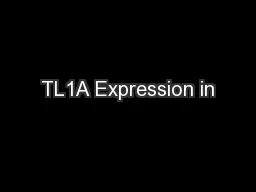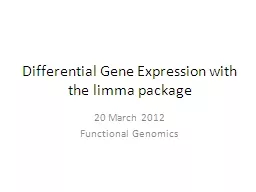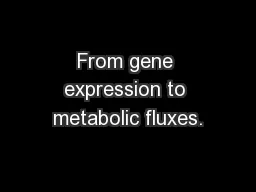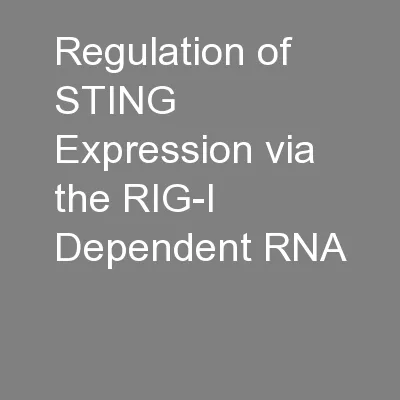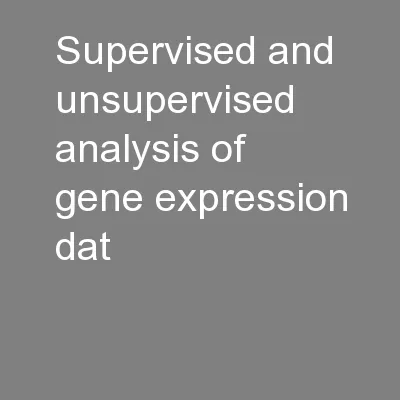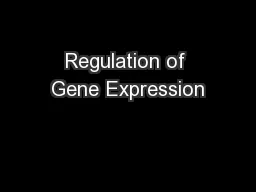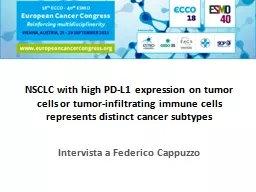PPT-TL1A Expression in
Author : natalia-silvester | Published Date : 2016-04-06
Human IBD and Animal Models Bala Manickam Pfizer ACVPSTP fellow Anatomic pathology resident University of Georgia Athens GA TL1A amp DR3 Biology Nat Rev Rheumatol
Presentation Embed Code
Download Presentation
Download Presentation The PPT/PDF document "TL1A Expression in" is the property of its rightful owner. Permission is granted to download and print the materials on this website for personal, non-commercial use only, and to display it on your personal computer provided you do not modify the materials and that you retain all copyright notices contained in the materials. By downloading content from our website, you accept the terms of this agreement.
TL1A Expression in: Transcript
Download Rules Of Document
"TL1A Expression in"The content belongs to its owner. You may download and print it for personal use, without modification, and keep all copyright notices. By downloading, you agree to these terms.
Related Documents

